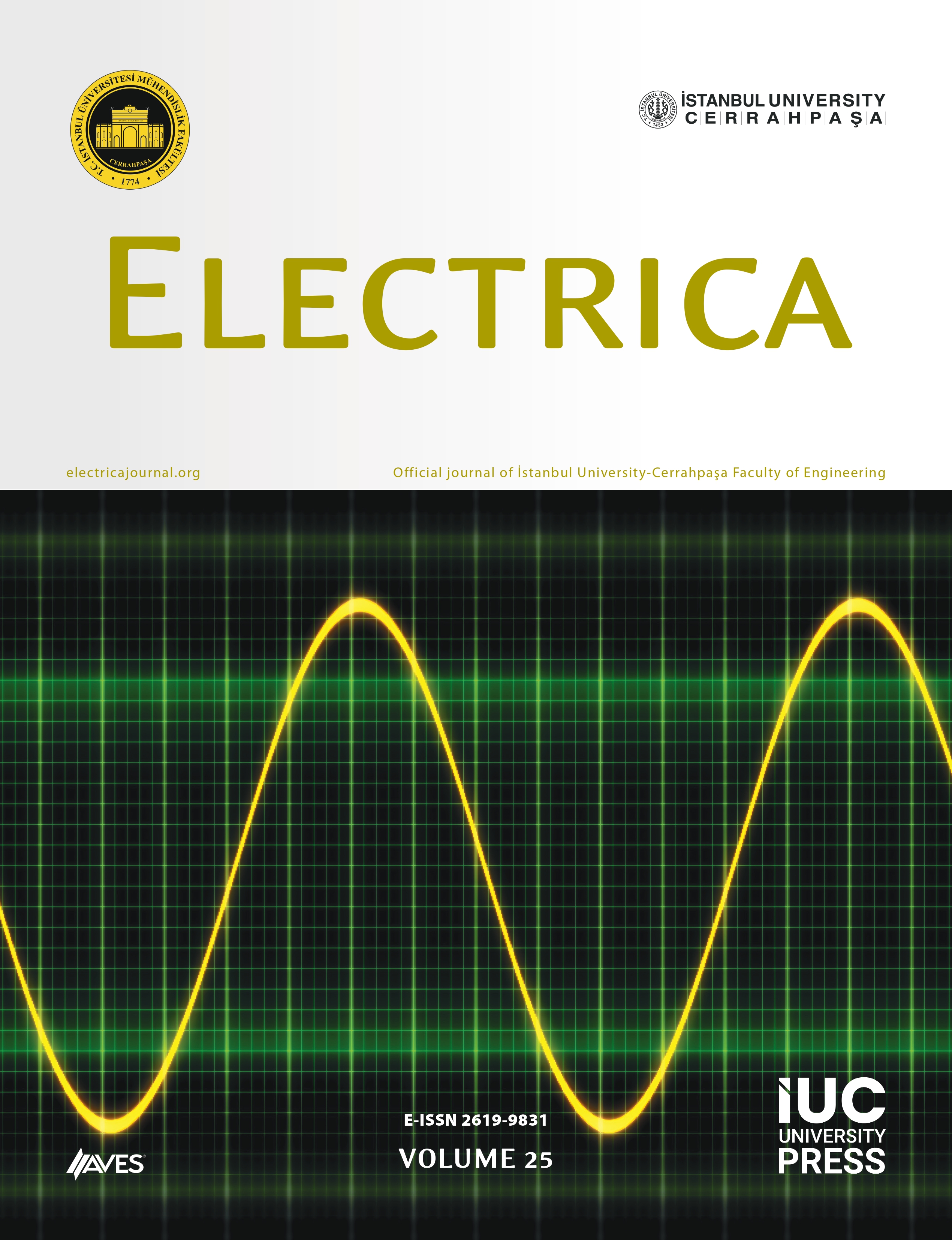In this study, a control brushed direct current motor is selected, and a modeling study is carried out. All parameters used in the modeling are presented in detail. A controller is designed for the modeled motor. Traditional methods (Ziegler–Nichols Open Loop Response and Ziegler–Nichols Closed Loop Response), computer-aided calculation methods (MATLAB (matrix laboratory) tuning), and coefficient determination methods obtained by optimization (Linear Quadratic Regulator) are investigated to determine the parameters of the proportional integral derivative controller. The controllers obtained by these methods are applied separately to the system. The conversion of the Simulink project into code for a card with an embedded ARM (Acorn RISC Machine) processor is mentioned. How to create the project to be converted into code is explained. Motor speed and applied voltage graphs are analyzed in detail. The controller coefficients obtained with MATLAB tuning, a computer-aided calculation method, showed a high overshoot in the speed graph. Therefore, the MATLAB tuning method is not suitable for the motor control used in this study. Traditional methods are not applicable either. The controller whose parameters were generated with Ziegler–Nichols Open Loop Response showed too much speed drop when the motor was underload. The controller with parameters generated by Ziegler–Nichols Closed Loop Response has very high motor speed oscillation. The reasons why traditional methods are not applicable are explained in detail in this study. It is decided that the appropriate method for this motor is a Linear Quadratic Regulator. How to determine the controller parameters using a Linear Quadratic Regulator is explained. The applicability and comparison with other methods are presented.
Cite this article as: S. İn, B. Örs and H. Tiryaki, "LQR-based PID optimization for model-based control of brushless DC motors in HEVs," Electrica, 25, 0186, 2025. doi:10.5152/electrica.2025.24186.



.png)

.png)